Our current exhibit, In a Different Light, places the work by Frederic Remington alongside artworks by Winslow Homer. Our visitors and readers are likely familiar with Remington. But who was Homer?
Winslow Homer (1836 – 1910) was one of the most popular and celebrated artists of late nineteenth-century America. A native of Boston, he was born the second of three brothers to Henrietta Benson and Charles Homer. Henrietta was herself a gifted watercolorist, and likely influenced her son to pursue artistic studies.
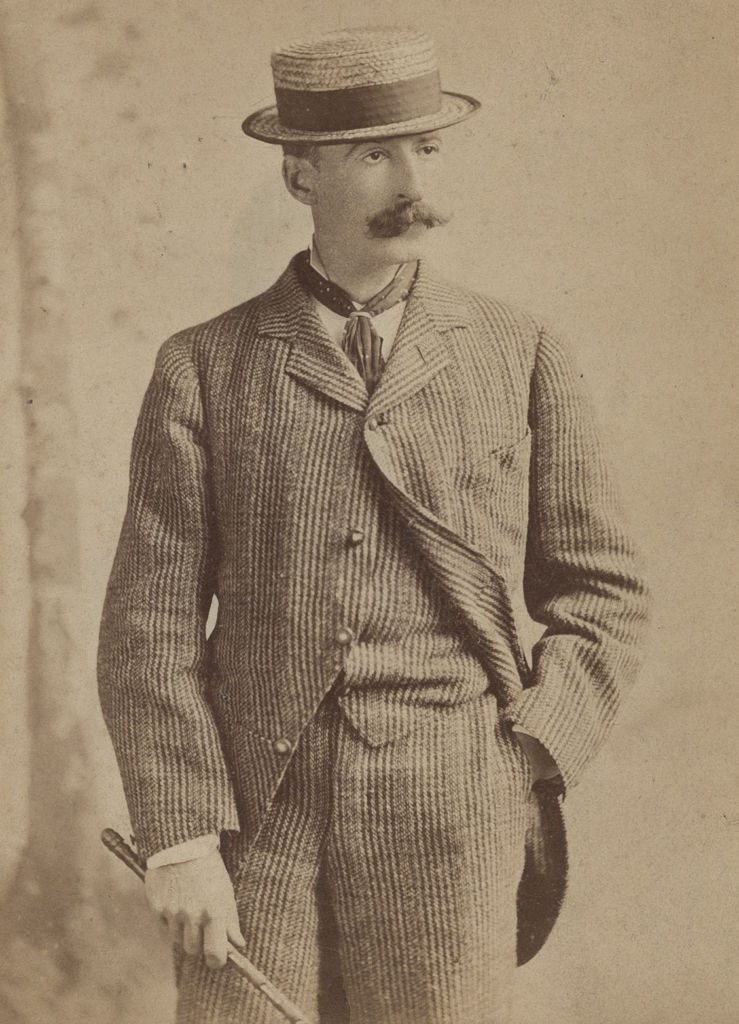
Winslow Homer
His earliest artistic training came in 1854 when Homer became an apprentice to the Boston lithographer J. H. Bufford. In 1857, he left the firm and began working freelance, making illustrations for publications such as Harper’s Weekly and later Scribner’s Monthly.
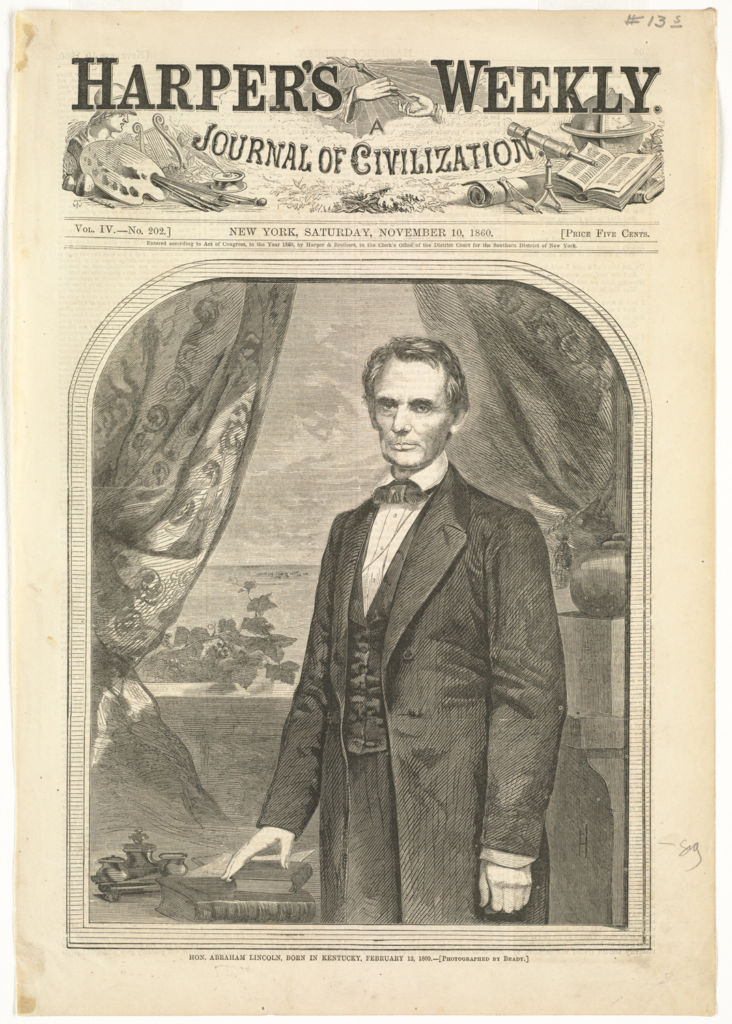
Harper’s Weekly cover featuring President-Elect Abraham Lincoln; illustration by Winslow Homer from a photograph by Mathew Brady
In 1861, Homer visited the front lines in Virginia and began his first illustrations of the Civil War and simultaneously began work on his first paintings in oil centered primarily on life in camp. His images of the Civil War are unconventional and delve into the psyche of the country during the divisive conflict.
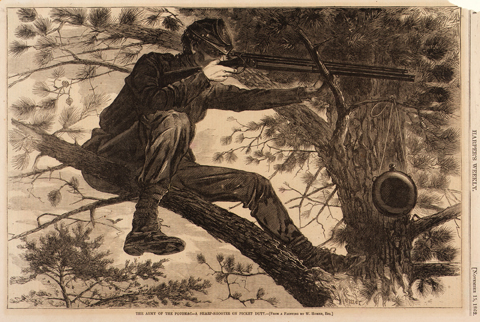
Winslow Homer, The Army of the Potomac–A Sharp-Shooter on Picket Duty, 1862, wood engraving on paper, Smithsonian American Art Museum, Gift of International Business Machines Corporation, 1966.48.81
In December of 1866, Homer traveled to France to see his work displayed at the Universal Exposition. He stayed there for much of the year, where he was likely exposed to the latest in French art, in particular scenes of peasant farmers, subjects that would dominate Homer’s work in the 1870s.
His most important trip abroad was in 1881 when he traveled to England and settled in to work at the fishing village of Cullercoats on the North East coast. There he studied the fishermen and their wives as they made their day-to-day living off the sea. The uncertainty of life dependent on the tumultuous ocean with shipwrecks and ever present danger became the theme Homer took up and made his central subject for the rest of his career.
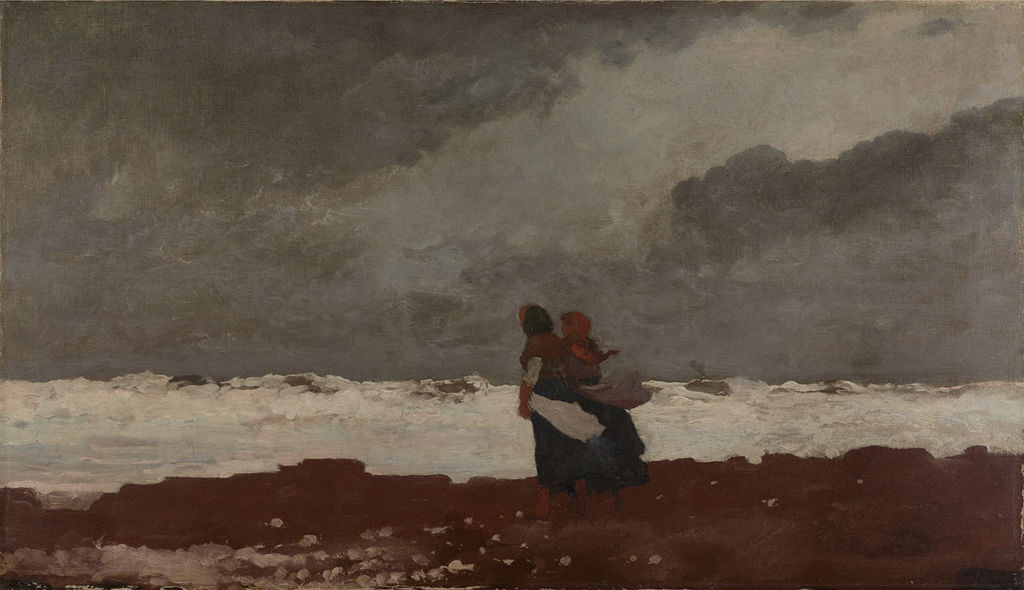
Winslow Homer (1836-1910) | Two Figures by the Sea | 1882 | Oil on canvas | Denver Art Museum | 1935.8
Within two years of his return to the United States in late 1882, Homer had settled in to what would be his home and studio for the remainder of his life at Prouts Neck, Maine. The subject of man’s struggles against nature maintained in his work into the 1890s when gradually, he distilled his subject down to the turbulent meeting of rocky coast and ocean in his late landscapes.
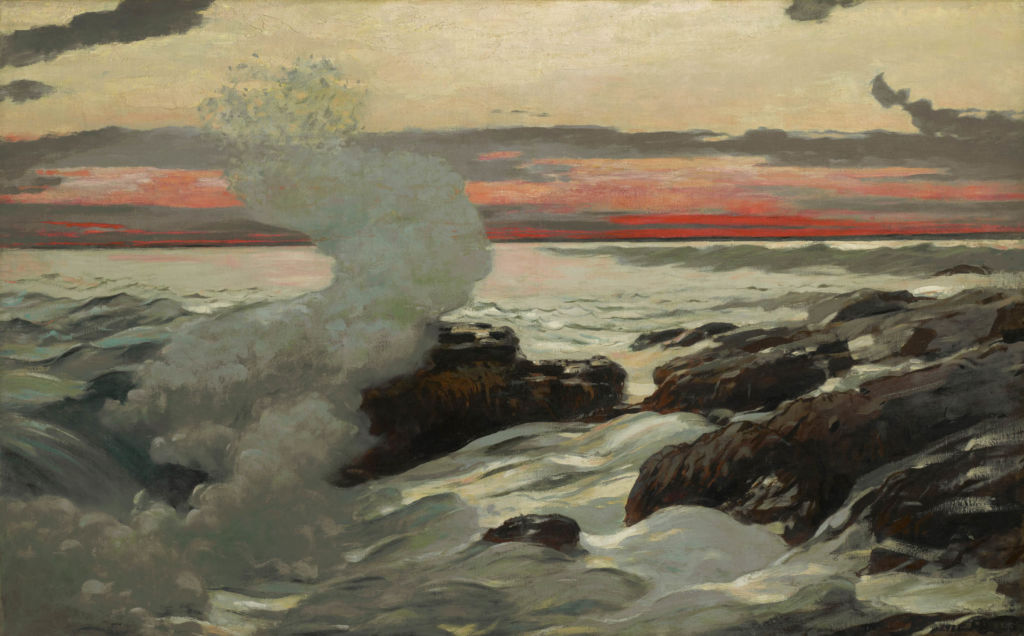
West Point, Prouts Neck | Winslow Homer | 1900 | Oil on canvas | The Clark | 1955.7



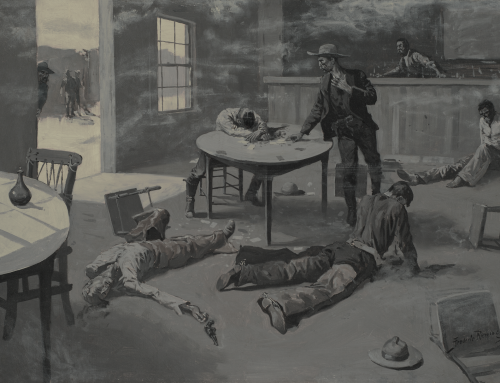
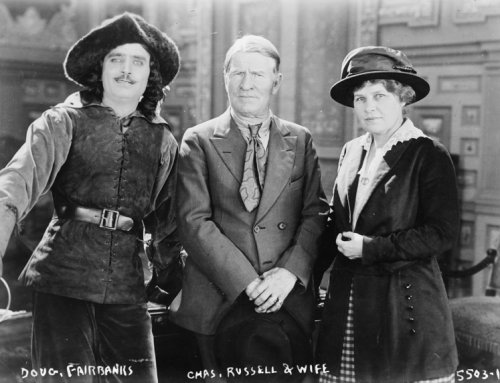
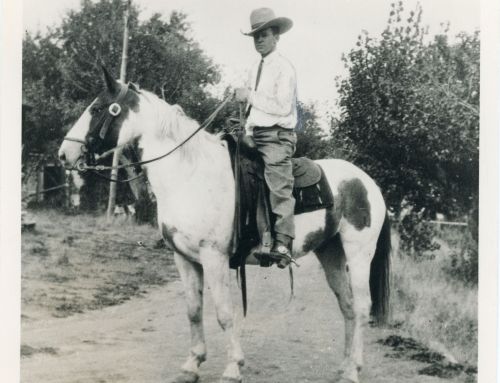
Leave A Comment